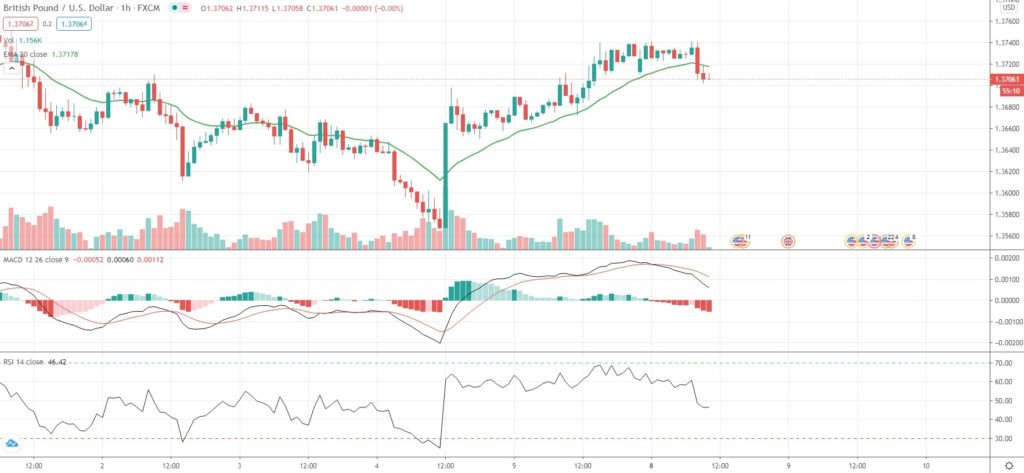GBP/USD eased from recent more than 2 1/2-year highs, but remained supported just above the 1.3700 mark on Monday, with some analysts being rather bullish on its outlook.
Earlier in February the Sterling climbed to highs unseen since May 2018 against the US Dollar, supported by improved risk sentiment, optimism over UK’s coronavirus vaccine roll-out and scaled back expectations of negative interest rates being introduced by the Bank of England.
Britain’s population has already received more than 12 million first doses of COVID-19 vaccines, data showed, while the government is on track to accomplish an objective to deliver vaccines to everyone in the most vulnerable groups by the middle of this month.
Meanwhile, according to ING Forex strategists Francesco Pesole and Petr Krpata, negative interest rates are “unlikely to happen over the next 6 months due to operational risks, while the need to go negative after the 6-month period will be rather low as we expect a strong 2Q economic recovery.”
“Coupled with the fast vaccination, GBP is set to benefit and GBP/USD to grind slowly higher next week,” they wrote in an investor note.
Pesole and Krpata also forecast a surge in GBP/USD to 1.5000 by the end of 2021.
The US Dollar Index was mostly steady at 91.11 on Monday after retreating 0.6% last Friday, as an official government report showed US employers in all sectors of the economy except the farming industry had created fewer job positions in January than expected.
Market players are now expecting fresh clues over economy, with US consumer price inflation and consumer sentiment data scheduled for release later this week. The reports may provide insight into whether a recent rise in inflation expectations and bond yields was justified. Weaker data could pressure the dollar, according to analysts.
“Soft non-farm payrolls has really pulled the ladder out from under the dollar,” Yukio Ishizuki, foreign exchange strategist at Daiwa Securities, was quoted as saying by Reuters.
“Now the markets are questioning whether the dollar can rise any further. A lot depends on the coronavirus, but we also need to know when U.S. fiscal stimulus will pass.”
House of Representatives Speaker Nancy Pelosi had said she expected the final coronavirus relief legislation could pass Congress prior to March 15th.
The latest CFTC data showed net short positions in the US Dollar had shrunk to $29.95 billion during the week ended February 2nd from $33.81 billion in the prior week.
As of 10:02 GMT on Monday GBP/USD was edging down 0.16% to trade at 1.3706, while moving within a daily range of 1.3702-1.3741. Last week the pair climbed as high as 1.3758, or its strongest level since May 1st 2018 (1.3773). The major pair has edged up 0.15% so far in February, following another 0.24% advance in January.
Bond Yield Spread
The spread between 2-year US and 2-year UK bond yields, which reflects the flow of funds in a short term, equaled 13.4 basis points (0.134%) as of 9:15 GMT on Monday, up from 10.7 basis points on February 5th.
Daily Pivot Levels (traditional method of calculation)
Central Pivot – 1.3708
R1 – 1.3759
R2 – 1.3791
R3 – 1.3841
R4 – 1.3892
S1 – 1.3677
S2 – 1.3626
S3 – 1.3595
S4 – 1.3563






